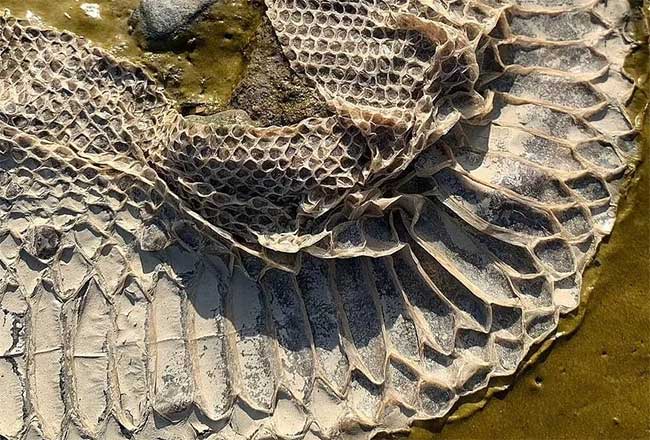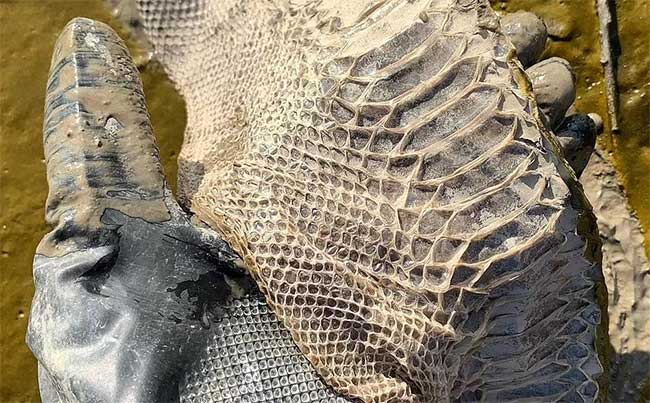Local Residents Alarmed by Discovery of Giant Python Skin along the Famous River in London, England
A giant python skin was found lying conspicuously on the banks of the River Thames, causing concern among local residents.
The River Thames is a well-known river in London, flowing through the capital and is often regarded as an iconic symbol of England. The area surrounding the river is dotted with parks, making it a popular spot for locals to visit and enjoy recreational activities.
However, the discovery of a giant python skin right on the riverbank has raised fears among many. According to experts, the massive skin likely belonged to a Boa constrictor measuring about 1.5 meters long. This large snake could either be a pet that escaped from a nearby home or a rescue center, although specific details have yet to be confirmed.


Giant python skin by the river.
Boa constrictors originate from South America. Despite their large size and intimidating appearance, they are actually non-venomous. Their method of capturing prey involves coiling around it and constricting until the prey suffocates, after which they swallow it whole. However, incidents of Boa constrictors attacking humans are extremely rare.
Jason Sandy, the individual who discovered the skin, stated: “I stumbled upon this enormous python skin while walking along the riverbank. I couldn’t believe my eyes; it felt like I was walking along the Amazon River, not the Thames. I hope this python skin isn’t evidence of more giant pythons living along the River Thames.”
Despite their large size, Boa constrictors are often kept as pets in many parts of the world, including England.
In 2020, locals spotted a Boa constrictor over 1.5 meters long moving near the Barnes Bridge in Chiswick, England. It was seen slithering through the grass close to the River Thames before being captured by local wildlife authorities.
Boa constrictors are among the largest snake species in the world, with adults reaching lengths of nearly 4 meters. They are non-venomous and have a head shaped like an arrowhead. Their bodies feature unique patterns, sometimes including serrated edges, oval, diamond, and circular shapes.
Boa constrictors reach maturity at around three to four years of age and can live up to 30 years in captivity.


















































